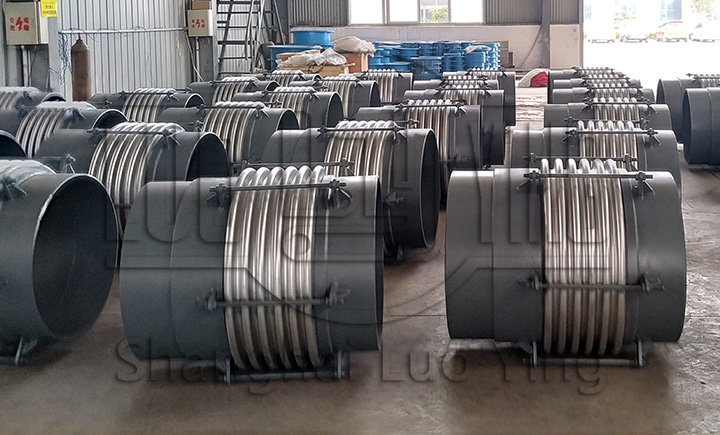Compensator bellows failure analysis and treatment
Apr-23-14
Compensator bellows failure analysis and treatmentAs the radius is too large, not only a large amount of material is used, but also the pipe part occupies a lot of space, which will bring difficulties to the pipe assembly; the radius is too small, the wall of the compensator bellows back is thinned by excessive elongation, which reduces its strength, and the wall of the compensator bellows inside is compressed and wrinkles are formed.
Compensator bellows when the outer side of the material is pulled, the inner side is compressed neutral axis position and compensator bellows method is different, in the top bend (compression bend) work, the neutral axis from the outer wall about 1/3, in the spin bend (back bend) work, the neutral axis from the outer wall about 2 / 3. Therefore, it is conducive to the bending of thin-walled pipes. R is now provided for users to refer to when selecting the relationship between pipe diameter and wall thickness. Reflect the relative bending radius and wall thickness on the quality of the compensator bellows.
According to the pipeline processing acceptance specifications, the compensator bellows for 4D, low and medium pressure for 5 D. The bending performance of the pipe itself and surface corrosion may also affect the quality of the compensator bellows. Site construction, the operator also needs to understand the material, processing performance and surface corrosion of the pipeline being processed. When pure bending, the pipe is under the action of external force distance M. The outer arm wall of the neutral layer is thinned by tensile stress &1, and the inner side is under compressive stress.


